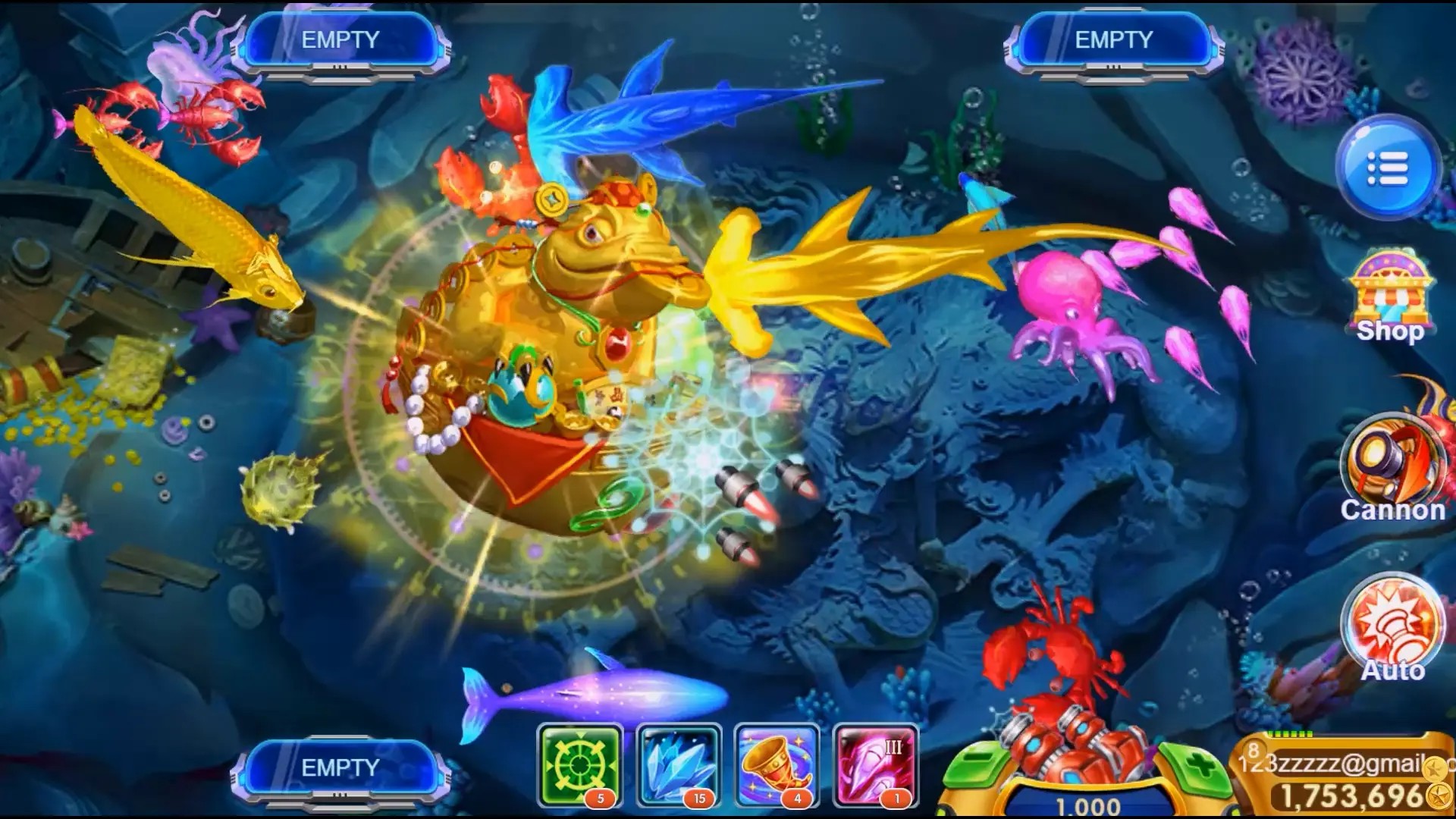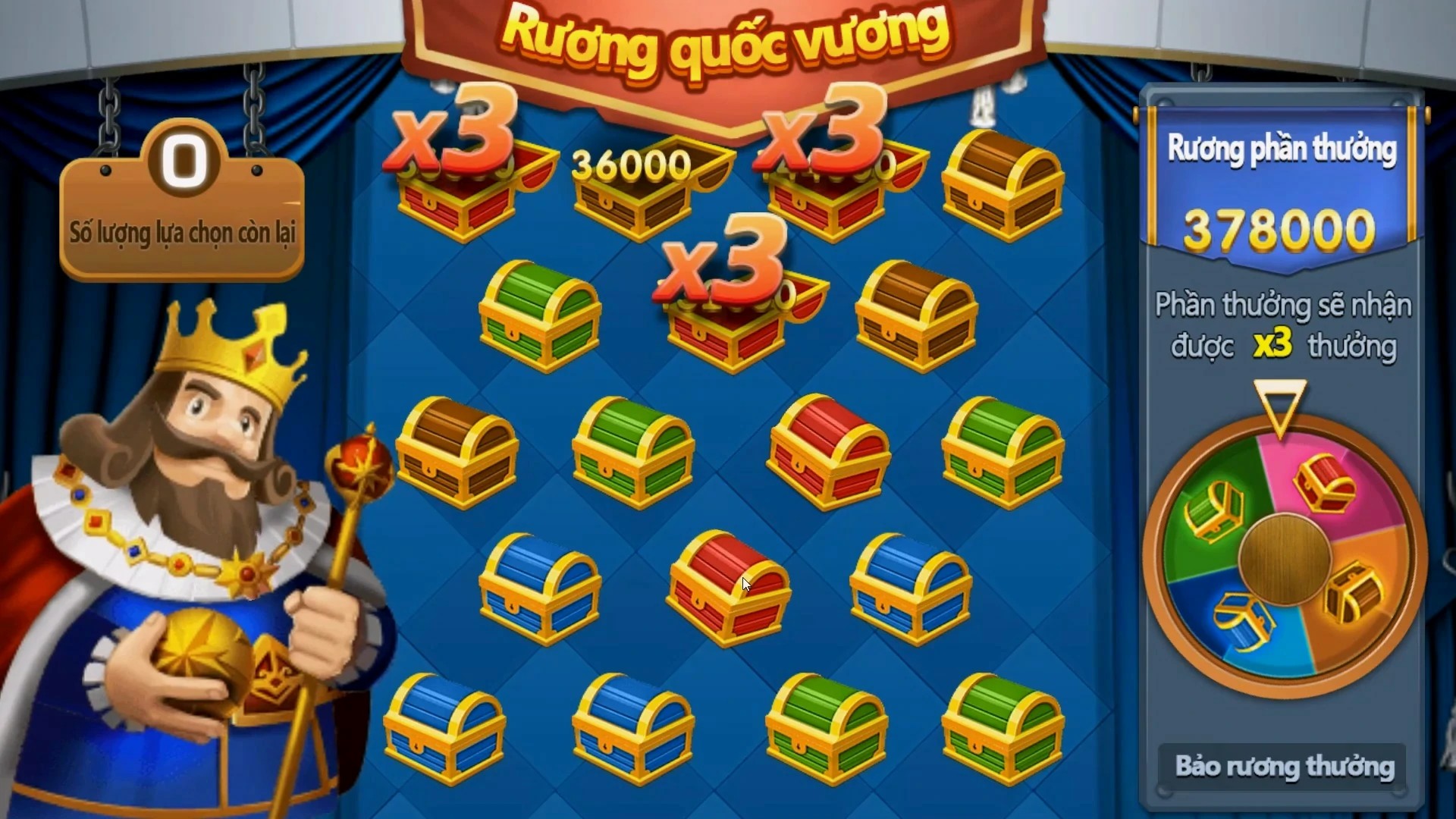Exploring the Evolution of MMORPGs: From Classic Titles to Modern Frontiers
Massively Multiplayer Online Role-Playing Games (MMORPGs) have drastically transformed since their inception, evolving in both complexity and player engagement. In this article, we will examine the journey of MMORPGs from their classic roots to the current technological advances, illustrating how they have changed the gaming landscape. Whether you are a seasoned gamer or a newcomer, understanding this evolution can deepen your appreciation for these games and their communities.
The Beginnings of MMORPGs
MMORPGs began in the early 1990s with titles like "Meridian 59" and "Ultima Online." These games allowed players to explore vast worlds, interact with others, and complete quests. The core tenet was simple: a shared digital environment where many players could interact simultaneously.
- Meridian 59: Often referred to as the first MMORPG.
- Ultima Online: Popularized the MMORPG genre with its open-world concept.
The Role of Technology in Evolution
As technology advanced, so did the complexity and graphical fidelity of MMORPGs. With improved internet speeds and more powerful hardware, developers could create immersive worlds that appeared more realistic. The introduction of 3D graphics in the late 1990s and early 2000s marked a significant turning point.
| Year | Game Title | Significant Feature |
|---|---|---|
| 1996 | Meridian 59 | First graphical MMORPG |
| 1997 | Ultima Online | Player-run economy |
| 2004 | World of Warcraft | Accessible gameplay and rich lore |
World of Warcraft: A Game Changer
Launched in 2004, World of Warcraft (WoW) quickly became a benchmark for MMORPGs. It's captivating storytelling, engaging quests, and player-friendly interface attracted millions. WoW introduced many concepts that have become staples in the MMORPG genre, such as:
- Raids and dungeons
- Character customization
- Faction-based gameplay
Shifting Landscapes: The Rise of Free-to-Play Models
In recent years, free-to-play (F2P) models have emerged as a popular business strategy in MMORPGs. Titles like Guild Wars 2 and Blade & Soul allow players to experience extensive gameplay without an initial purchase. These games monetize through optional microtransactions, providing players flexibility.
The Mobile MMORPG Boom
The rise of mobile gaming has also influenced the direction of MMORPGs. With the introduction of titles like "Lineage 2: Revolution" and "Black Desert Mobile," MMORPGs are now accessible on smartphones, reaching a broader audience than ever. This transition brings both opportunities and challenges:
- Accessibility: Players can enjoy MMORPG experiences anytime, anywhere.
- Game Design: Developers face the challenge of adapting complex mechanics to mobile platforms without sacrificing quality.
Modern Innovations and Future Trends
Today, MMORPGs incorporate various modern technologies, including virtual reality (VR) and augmented reality (AR). These innovations aim to enhance user experiences by making games more immersive. Examples include:
- VR Chat: Integrating social interaction with immersive environments.
- Pokemon Go: Infusing AR elements into the gaming experience.
Conclusion
As we explore the evolution of MMORPGs, it is clear that they have come a long way from their early iterations. From the simple graphics and mechanics of the 1990s to the intricate and immersive worlds of today, MMORPGs cater to diverse audiences. Their ability to adapt to new technological advancements ensures their relevance in the gaming industry. Whether it’s through a beloved PC title or an engaging mobile game, MMORPGs continue to connect players, foster communities, and spark imagination.
As we look ahead, the future of MMORPGs may be both thrilling and unpredictable. With innovations on the horizon, players can expect even more engaging experiences that push the boundaries of what games can achieve.
```


